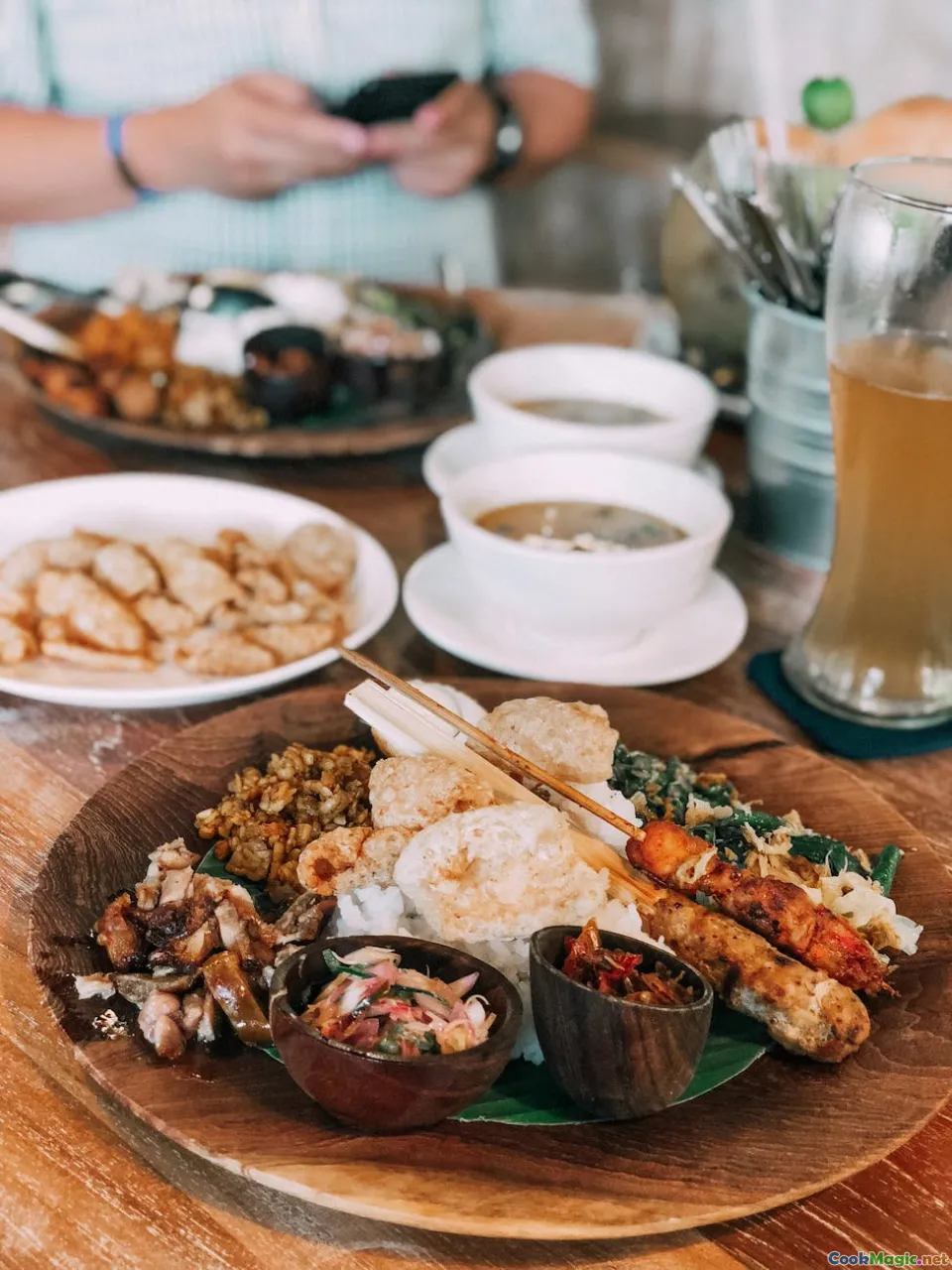The Role of Rice in Indonesian Culinary Tradition
6 min read Discover how rice weaves through Indonesia's culinary tapestry, shaping traditions, flavors, and social bonds in a vibrant, centuries-old culture. April 21, 2025 19:55
The Role of Rice in Indonesian Culinary Tradition
Indonesia, an archipelago of over 17,000 islands, boasts a culinary landscape as diverse and vibrant as its geography. Amidst this mosaic of flavors and traditions, one element stands as the unifying thread—rice. More than just a dietary staple, rice is woven into the very fabric of Indonesian life, culture, and identity. It is a symbol of prosperity, community, and spiritual connection, embodying a history that stretches back thousands of years.
An Ancient Foundation: The Historical Significance of Rice in Indonesia
Long before modern times, rice cultivation in Indonesia dates back to at least 2000 BCE, with archaeological evidence suggesting even earlier origins. The lush paddies that blanket the Indonesian landscape are a testament to centuries of agricultural ingenuity and adaptation to tropical climates.
During the Srivijaya Empire (7th to 13th centuries) and later the Majapahit Kingdom (13th to 16th centuries), rice became a crucial economic and cultural commodity. The spread of rice cultivation techniques across the islands was facilitated by trade routes, fostering not only food security but also social cohesion.
Rice as a Cultural Symbol
In traditional beliefs, rice is often associated with fertility, prosperity, and spiritual purity. Rituals and ceremonies frequently feature offerings of rice, symbolizing abundance and gratitude. The Ngaben cremation ceremony in Bali, for instance, involves offerings of rice to honor the ancestors and ensure their peaceful journey to the afterlife.
The Culinary Heartbeat: How Rice Shapes Indonesian Dishes
From Plain to Prestigious: The Versatility of Rice
Indonesian cuisine showcases rice in myriad forms—steamed, fried, fermented, and even as a component of complex dishes.
- Nasi(rice) is the cornerstone of countless meals. The simple yet flavorfulNasi Uduk—fragrant rice cooked with coconut milk, pandan leaves, and spices—is a breakfast staple in Jakarta.
- Nasi Goreng, the beloved fried rice, combines day-old rice with sweet soy sauce, shrimp paste, chilies, and often topped with a fried egg, creating a symphony of smoky, savory flavors.
- Nasi Padang, originating from West Sumatra, features rice served with an array of rich, aromatic curries, sambals, and grilled meats—each dish emphasizing rice’s role as a neutral canvas for bold flavors.
Rice in Ritual and Ceremony
Beyond everyday meals, rice plays a pivotal role in religious and communal rituals. During Galunganin Bali, offerings of rice cakes calledJajan are presented to spirits, symbolizing gratitude and the cycle of life.
In Java, tumpeng—a cone-shaped rice dish decorated with vegetables, meats, and eggs—is central to celebrations like birthdays and harvest festivals, symbolizing gratitude and communal harmony.
Regional Variations and Unique Preparations
Indonesia’s vast geography fosters regional rice traditions:
- In Aceh, sticky rice called ketan is often cooked with coconut and served during traditional ceremonies.
- In Sulawesi, rice is fermented into buburor used to makepapeda, a sago-like porridge.
- In Bali, bali rice is integral to offerings and religious rituals, cultivated meticulously to maintain spiritual purity.
The Art of Rice Cultivation and Harvesting
The rice terraces of Bali and the rice paddies of Java are not only agricultural marvels but also cultural symbols. Traditional subak irrigation systems in Bali exemplify the community-based management of water resources, ensuring sustainable rice cultivation.
Personal Reflections: Rice as a Shared Experience
Growing up in Indonesia, I recall the aroma of freshly steamed rice wafting through family kitchens—its warm, inviting scent a signal that a meal is ready. The act of sharing rice during communal feasts fosters bonds that transcend language and social barriers.
In my travels across the islands, I’ve observed that rice is more than sustenance; it’s a language of hospitality and respect. Whether served in humble warungs or in elaborate ceremonies, rice carries the stories of generations.
Conclusion: Rice as Indonesia’s Living Heritage
In every grain of rice, there lies a narrative—of ancient traditions, spiritual beliefs, and communal resilience. It’s a testament to Indonesia’s rich cultural tapestry, a symbol of life’s abundance and continuity.
As you savor Indonesian dishes, remember that each plate is a chapter in a centuries-old story—one where rice remains the silent yet vital protagonist, nourishing bodies, minds, and souls alike. Embrace the humble grain, and you embrace Indonesia itself—a land where rice is not just food, but a profound cultural legacy.









